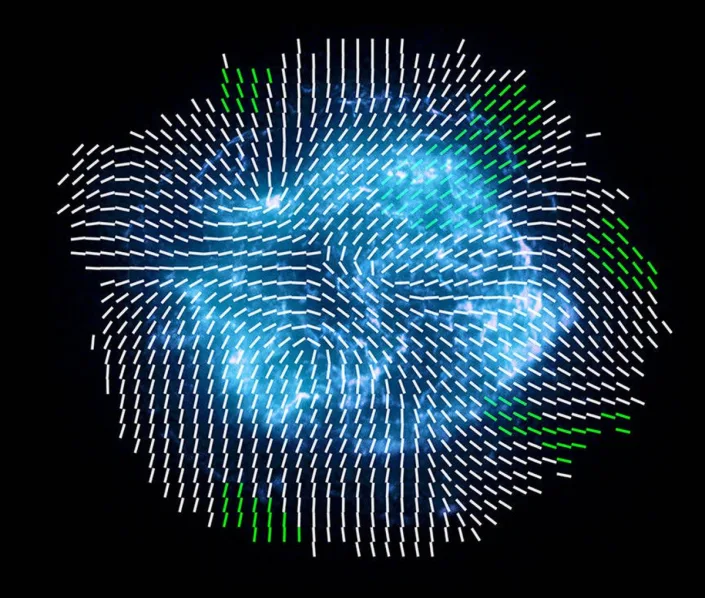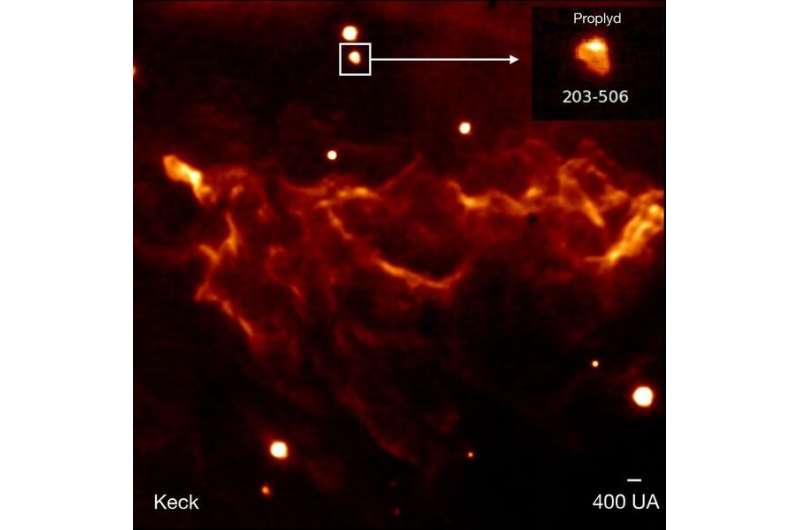NASA is now able to map a giant dead star

[Summary: Nasa has used polarized X-rays to map the interior of an exploding star. IXPE’s first image was of Cassiopeia A, a supernova remnant located about 11,000 light years away. The magnetic fields that generate radio waves in Cas A are mostly aligned with, as compared to those that generate X-rays. These findings offer a unique perspective of the environment required to accelerate electrons to incredibly high energies.]
NASA has used polarized X-rays to map the interior of an exploding star, providing an unprecedented view of the radioactive remains of a giant dead star.
The unprecedented view of the radioactive remains of a once-giant star demonstrates that, contrary to the astronomers’ expectations based on previous observations of the stellar corpse, the remains of a supernova are more chaotic.
Star Explosion
A star explodes when it runs out of fuel and can no longer maintain its internal pressure. The pressure inside the star is what keeps it from collapsing in on itself due to gravity. Once the pressure can no longer be maintained, the star will collapse and then explode in a supernova.
The star’s core will collapse in on itself, becoming incredibly dense. The collapse causes the temperature and pressure to increase dramatically. This increased pressure and temperature cause the outer layers of the star to be ejected outward in a massive explosion.
Star corpses are the end result of a star’s life cycle. The largest known supernova is SN 2006gy, which had a peak luminosity about 200 times that of a typical supernova.
A neutron star is the end result of a star that is at least 8 times as massive as our Sun. These incredibly dense objects are incredibly fascinating to astronomers, as they offer some of the most extreme conditions in the Universe.
Nasa just mapped a giant exploding star
Using its sensitive polarised X-ray instruments, NASA’s Imaging X-ray Polarimetry Explorer, or IXPE, which the space agency launched in 2021 in partnership with the Italian Space Agency, focused on Cassiopeia A, also identified as Cas A, a glowing cloud of gas left behind by a massive star that went supernova in the late 17th century. IXPE’s first image was of Cassiopeia A, a supernova remnant located about 11,000 light years away. It was the subject of IXPE’s first image in February, but researchers have since conducted additional research on the object.

In Cas A, strong magnetic fields capture high energy particles, accelerate them to speeds that are almost as fast as light, and generate powerful radiation. This radiation includes polarized X-rays, or X-ray photons that oscillate in one direction in relation to the magnetic field that produced them. Cas A is also a potent radio wave emitter, especially at frequencies of 1 gigahertz and higher.
Although NASA’s Chandra X-ray Observatory has been doing X-ray astronomy for more than 20 years, IXPE is the first space-based X-ray observatory to be highly sensitive to polarised X-rays. The astronomers can determine the direction of the magnetic fields at their source by analyzing the polarization of the X-rays.
The IXPE results demonstrated that the magnetic fields that generate radio waves in Cas A are mostly aligned with, as compared to perpendicular to, those that generate X-rays. They also demonstrate that the magnetic fields at the edges of the 10-light-year-diameter Cas A are oriented radially, pointing away from the center.
Additionally, the amount of X-ray polarization was less than expected, according to researchers.
Jacco Vink, an astrophysics professor at the University of Amsterdam, said in a statement that although the IXPE findings were surprising, as scientists, “we love being surprised.” Vink also stated that a very interesting and previously undetected characteristic of Cas A is the fact that a smaller portion of the X-ray photons are polarized.
Implications
The Cas A observations are only the first of several IXPE studies into the characteristics of supernova remnants, providing a window into the peculiar, high-energy physics of some of the biggest explosions the universe has ever experienced.
Astronomers say this new map of Cas A provides valuable insights into the mechanisms of how supernovas occur, and how their debris expands outwards. This will help researchers better understand the dangers that these exploding stars pose to the Universe at large.
According to astronomer Dmitry Prokhorov of the University of Amsterdam, these findings offer a unique perspective of the environment required to accelerate electrons to incredibly high energies. “We are just at the beginning of this detective story, but so far the IXPE data are providing new leads for us to track down,” added Prokhorov.
Auto Amazon Links: No products found.


